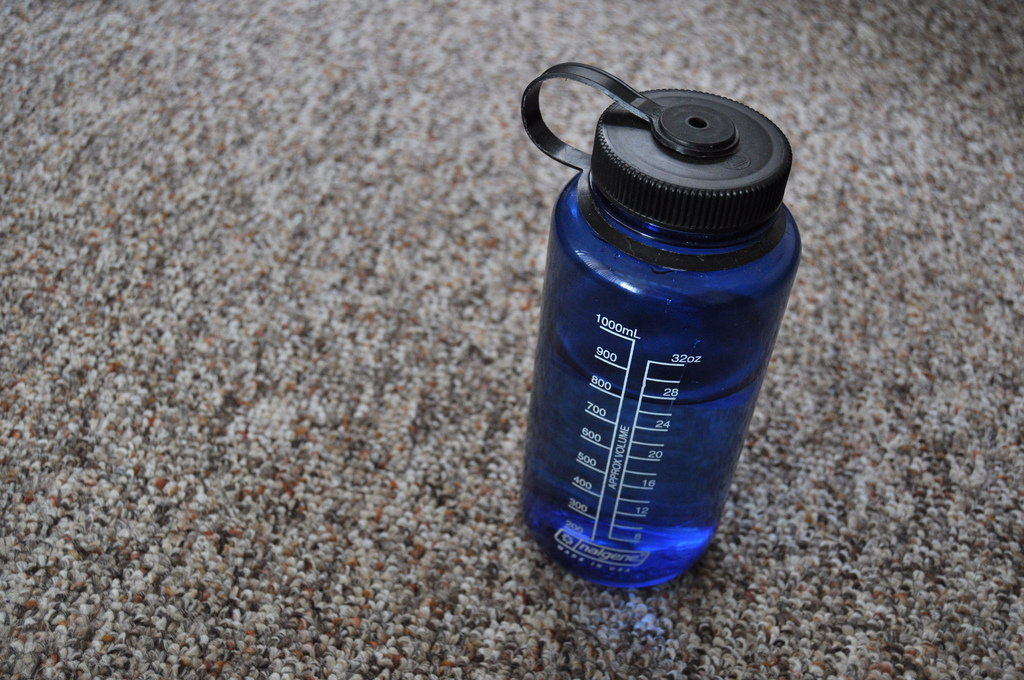Can it be done?
Using planet-friendly products is a great way to live sustainably. From reusable straws to alternative hygiene products, there are so many opportunities to swap out some of your daily use items to ones that do less harm to the environment.
There’s just once concern that comes with that… how do you start adopting this lifestyle without breaking the bank? For many, immediately swapping dozens and dozens of household items for their reusable, biodegradable alternatives isn’t affordable. It also relies on the notion that living sustainably requires buying a lot of things. At its heart, sustainability also includes resisting overconsumption.
So, if you’d rather push pause on investing large amounts on eco-conscious items, here are a few tips on how to ease in to it more, well, sustainably.

Basic repair skills can greatly reduce waste
Invest in fixing things
Fixing things, instead of throwing them out and replacing them, goes a long way. It is a simple but effective way to reduce waste without buying much, if anything. Skills like sewing, basic carpentry, or plumbing often seem to be on the decline. Cheaper manufacturing has made the option to simply toss and replace an item much easier. The impact that approach has on the environment, however, is quite harmful.
That said, a simple return to the practice of fixing what’s broken can do wonders. In addition to being good for the environment, working with your hands to repair items can be a spiritual discipline of sorts. Plus, it’s empowering and exciting to gain new basic repair skills you may not already have.
Do you not have the space or equipment needed? That’s a common barrier for many people. Thankfully, shared working spaces are becoming a more common option, where you can check out equipment needed to make fixes. Don’t forget to try out a Google search for your area.

Start with the products you use most
Okay, so over time you might really want to start using those eco-friendly office supplies or camping tools that you discovered after checking out Plant With Purpose’s 88 Ideas for Living Sustainably. Where do you even begin?
Start with what you use most in order to have the most impact right away. If you go through a case of plastic water bottles every month, then the reusable water bottle will probably be a good early investment. If you use a printer only sparingly, then the eco-friendly printer can wait longer than, say, eco-friendly sunscreen.
Again, try to research higher quality items that are ethically made, so that you won't have to replace them any time soon. Consider that the overall costs of a higher price tag might still be more ideal than the shorter life span and environmental impact of a lower quality item.

Consider owning fewer, but more consciously made clothing items
Swap items out gradually
They key to switching is to make a lot of small changes over a long period of time.
Don’t feel pressured to switch out everything you own all in a weekend of cleaning. You’ll have an opportunity.
Even if you buy well-made products and do your best to repair them, things still don’t last for forever. This then becomes a good opportunity to replace them with something that lines up with your values.
Sustainable living doesn’t happen in an instant. It’s a commitment that plays itself out over a long period of time. It’s a commitment that takes patience and persistence as old habits are broken and new habits are formed, including shopping habits. Over time, however, these changes add up. As future generations are able to enjoy a healthier planet, these simple acts turn into a legacy of generosity.
Plant With Purpose seeks to heal the planet in places with vulnerable and threatened environments. We do this by empowering local communities to manage their resources, overcome poverty, and promote environmental techniques. To learn more about how you can support communities in sensitive areas like Haiti, the Democratic Republic of Congo, or Thailand, read about becoming a Purpose Partner.

















